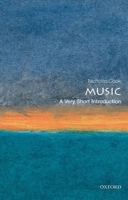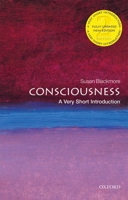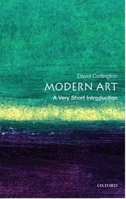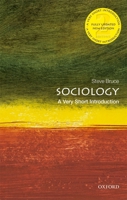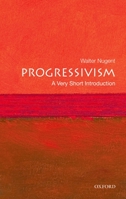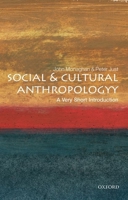Architecture: A Very Short Introduction
(Part of the Oxford's Very Short Introductions series Series and OUP Very Short Introductions (#42) Series)
Select Format
Select Condition 
You Might Also Enjoy
Book Overview
Customer Reviews
Rated 5 starsA good introduction to the subject
This is a good starting point for anyone with even a passing appreciation for architecture. In this fast read, Andrew Ballantyne tackles the subject in an interesting way. He addresses the social and psychological effects that architecture has on different "cultures", whether that culture is an entire ethnic group or three people with common beliefs. There is some technical and structural discussion, of course, but it is...
0Report
Rated 5 starsWestern architecture as fashion
"Style" comes from the Greek word for column, as the author explains in the book. Which is just one of many fascinating facts contained inside this look at the the most expensive of fashion statements. It especially focuses on Western European architecture from about the Rennaissance on, when architecture as a profession began, although Classical and Gothic are covered because they are, after all, the models for all that followed...
0Report
Rated 4 starssomewhat interesting, perfect if you know nothing
it serves its purpose very well. i skipped the second chapter because it didn't seem to interesting to me. but the other two chapters were good. i learned plenty from it. i got a few very good points from it, but it seems like the same major points were stated over and over again, but that's how i feel about everything educational i read.
0Report














